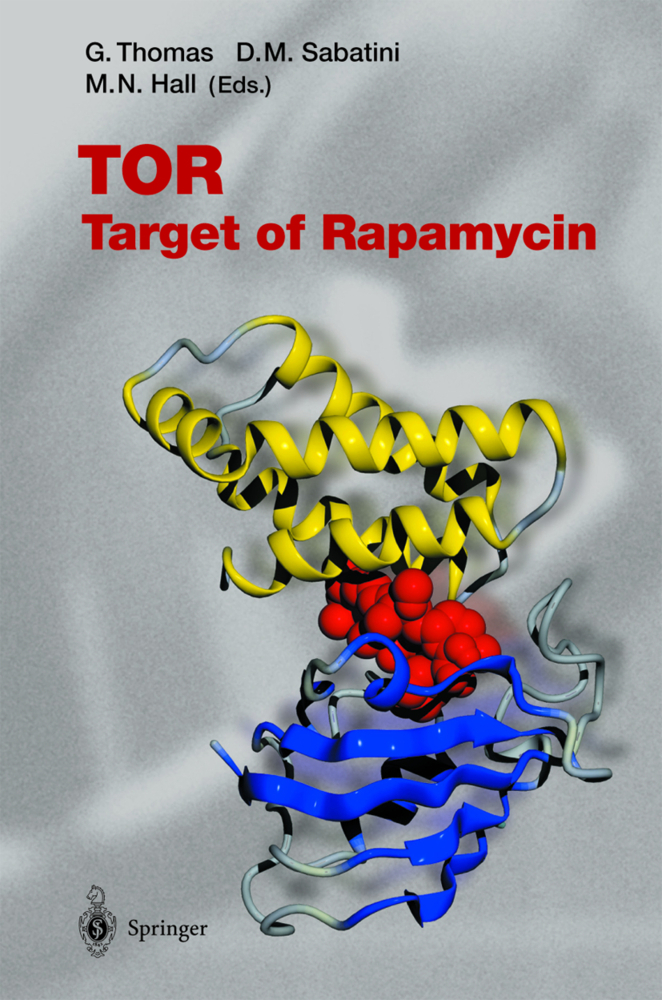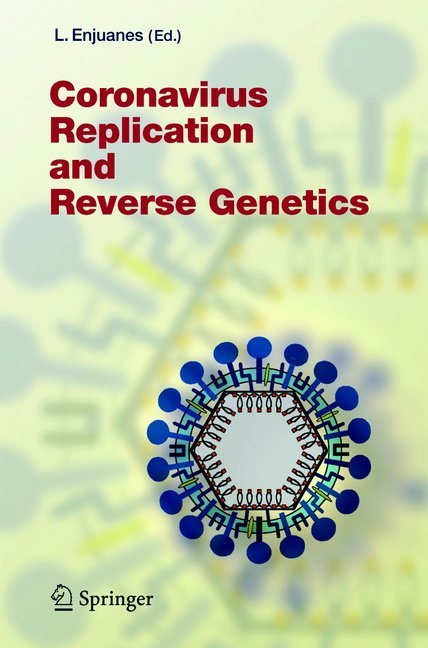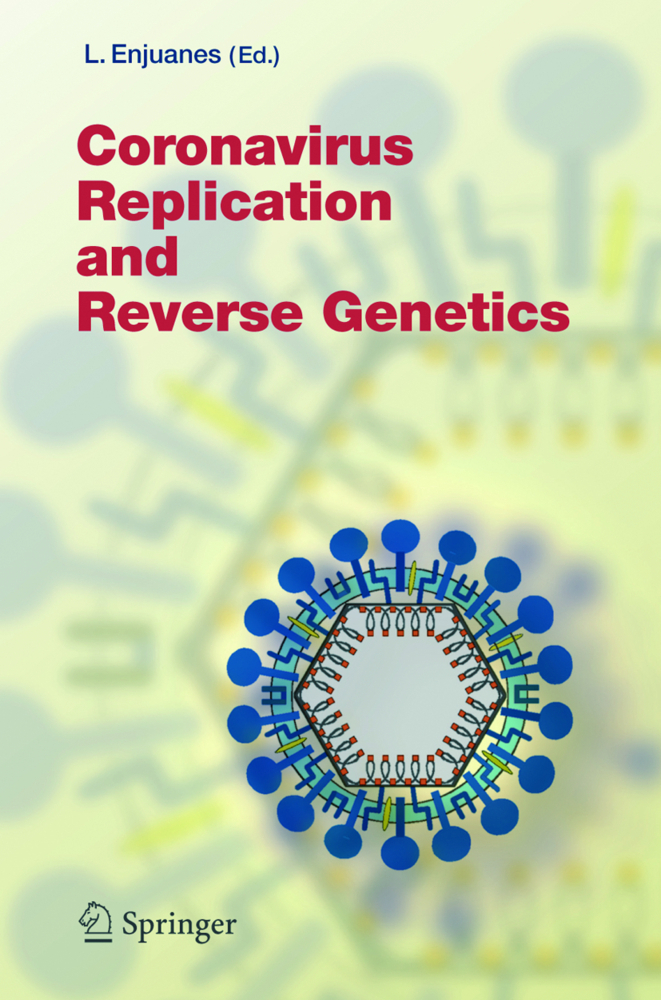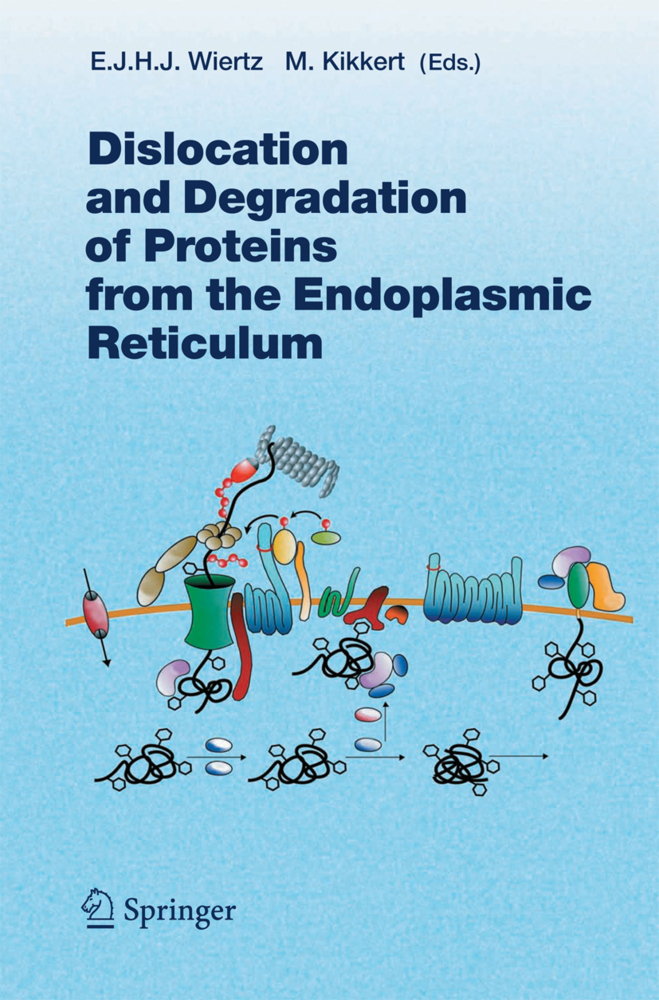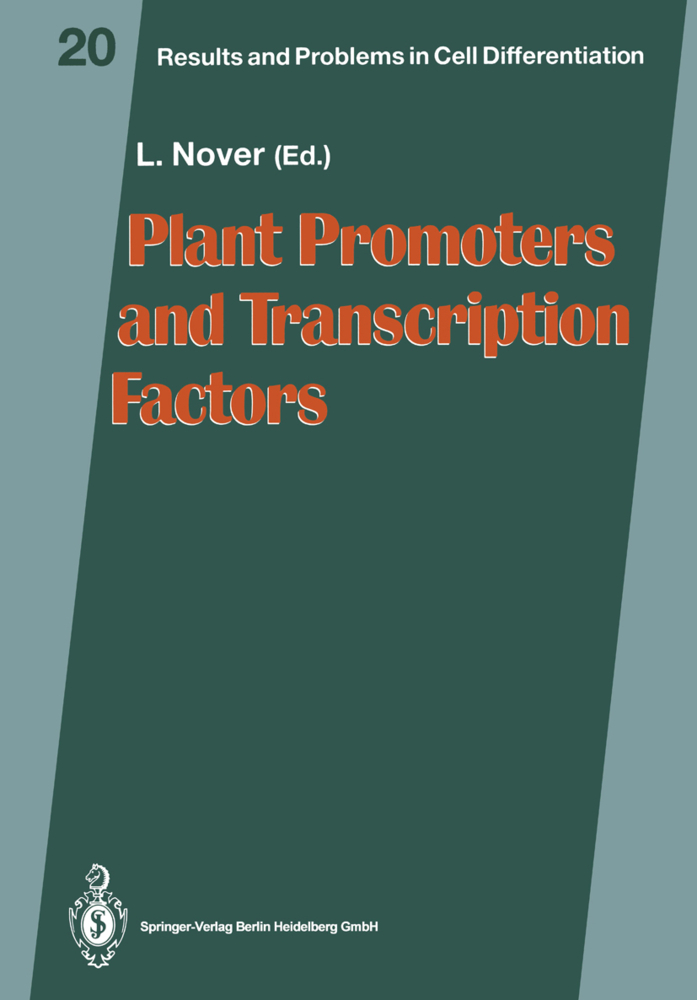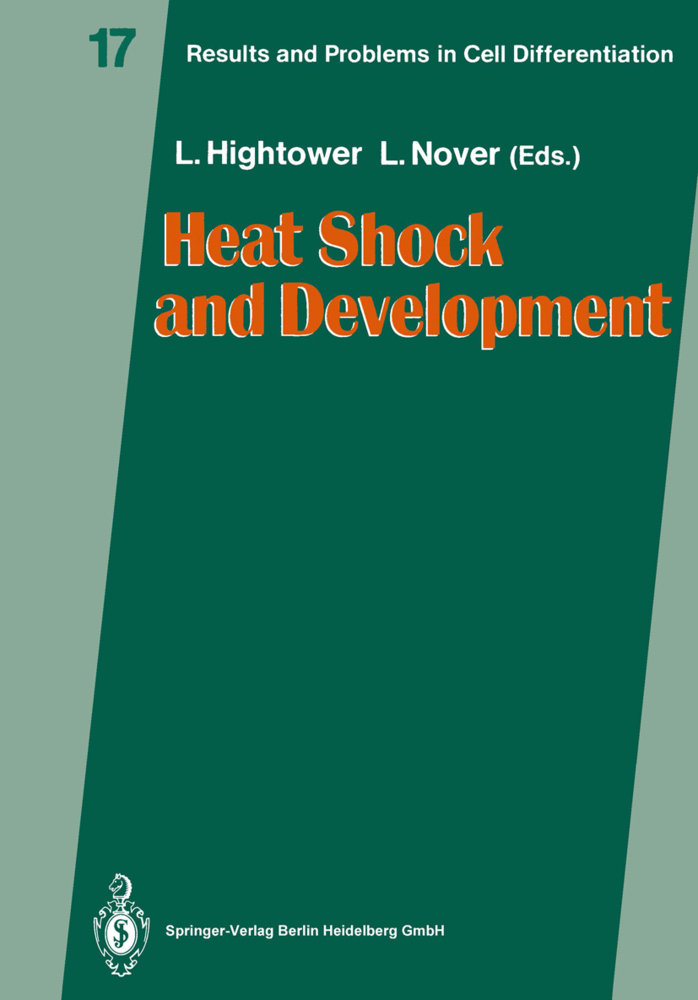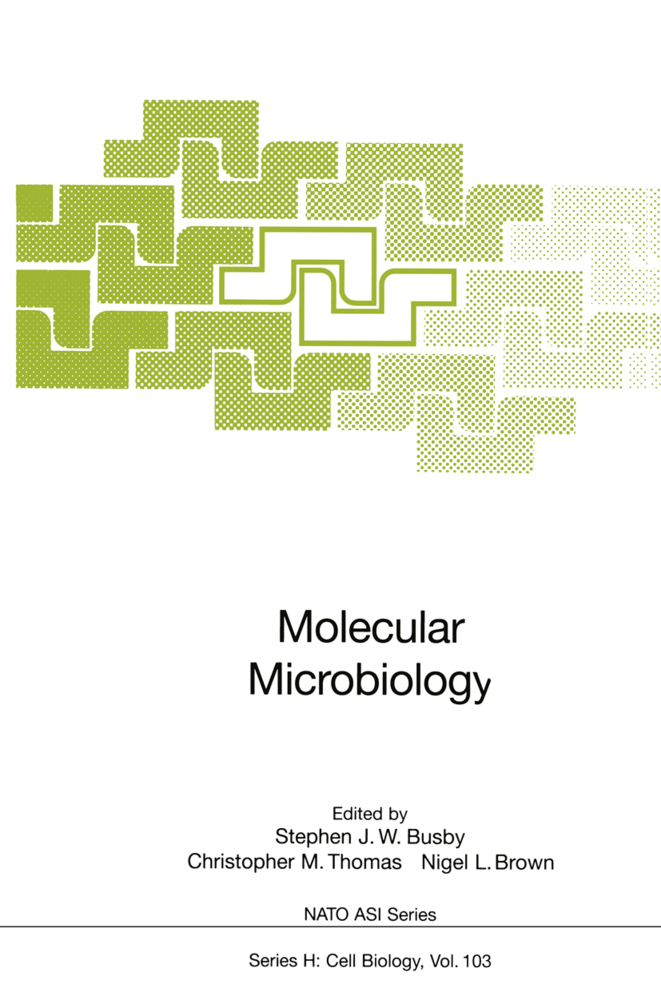TOR
Target of Rapamycin
TOR
Target of Rapamycin
TOR, the Target of Rapamycin was discovered a little over ten years ago in a genetic screen in S. cerevisiae in search of mutants resistant to the cytostatic effects of the antimycotic, rapamycin. Recent studies have placed TOR at the interface between nutrient sensing and the regulation of major anbolic and catabolic responses. The editors have gathered the leading figures in the field of TOR and its role in cellular homeostasis and human diseases.
TOR: The First Ten Years
The Role of Phosphatases in TOR Signaling in YeastYeast TOR Signaling: A Mechanism for Metabolic Regulation
Nutrient Signaling Through TOR Kinases Controls Gene Expression and Cellular Differentiation in Fungi
Autophagy in Yeast: A TOR-Mediated Response to Nutrient Starvation
The Fission Yeast TOR Proteins and the Rapamycin Response: an Unexpected Tale
Plant Growth and the TOR Pathway
TOR Action in Mammalian Cells and in Caenorhabditis elegans
Genetic Analysis of TOR Signaling in Drosophila
Interplay Between Growth Factor and Nutrient Signaling: Lessons from Drosophila TOR
mTOR Signaling to Translation
Modulation of the Protein Kinase Activity of mTOR
Role of mTOR Signaling in the Control of Translation Initiation and Elongation by Nutrients
Novel Regulatory Mechanisms of mTOR Signaling
Raptor and mTOR: Subunits of a Nutrient-Sensitive Complex
Kinase Activities Associated with mTOR
mTOR: A Mediator of Intracellular Homeostasis
mTOR as a Positive Regulator of Tumor Cell Responses to Hypoxia
Retroviral Oncogenes and TOR
mTOR as a Target for Cancer Therapy.
Thomas, George
Sabatini, David M.
Hall, Michael N.
| ISBN | 978-3-540-00534-6 |
|---|---|
| Medientyp | Buch |
| Copyrightjahr | 2004 |
| Verlag | Springer, Berlin |
| Umfang | X, 364 Seiten |
| Sprache | Englisch |

